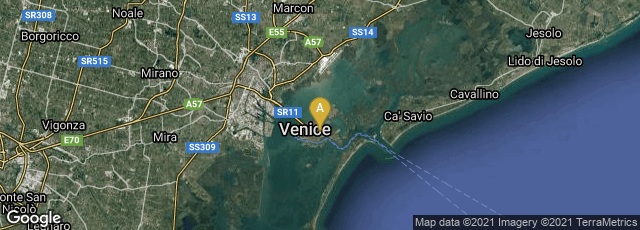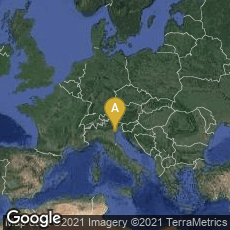

On May 25, 1498 the Venetian Senate granted Ottaviano Petrucci a twenty-year patent for the double-impression technique of printing polyphonic music for voices, organ, and lute using moveable type. This was the "first known record of a privilege granted for music printing. It is also one of the early records of patents for invention and improvement in the mechanism of printing, showing that there was no legal distinction between books and printed music or other works of art produced through the press" (Primary Sources on Copyright (1450-1900), eds L. Bently & M. Kretschmer,www.copyrighthistory.org, reproducing an image of the document, and providing a translation and an extremely detailed, and thoroughly documented commentary).
Having obtained an exclusive license for printing music in the Venetian Republic, in 1501 Petrucci published Harmonice Musices Odhecaton. This was the first book of sheet music printed using movable type. It was an anthology of 96 secular songs, mostly polyphonic French chansons, for three or four voice parts. For this work Petrucci printed two parts on the right-hand side of a page, and two parts on the left, so that four singers or instrumentalists could read from the same sheet.
"The type was probably designed, cut, and cast by Francesco Griffo and Jacomo Ungaro, both of whom were in Venice at the time. The collection included music by some of the most famous composers of the time, including Johannes Ockeghem, Josquin des Prez, Antoine Brumel, Antoine Busnois, Alexander Agricola, Jacob Obrecht, and many others, and was edited by Petrus Castellanus, a Dominican friar who was maestro di cappella of San Giovanni e Paolo. Inclusion of composers in this famous collection did much to enhance their notability, since the prints, and the technology, were to spread around Europe in the coming decades.
"The Odhecaton used the double-impression technique, in which first the musical staff was printed, and then the notes in a second impression. Most of the 96 pieces, although they were written as songs, were not provided with the text, implying that instrumental performance was intended for many of them. Texts for most can be found in other manuscript sources or later publications."
When Petrucci printed music with verbal text or lyrics he employed three impressions: first for the staffs, second for the notes, and third for the lyrics.
♦ No complete copy of the first edition of the Odhecaton (Harmonice Musices Odhecaton A) survives, and its exact publication date is not known, but it includes a dedication dated May 15, 1501. The second and third editions were printed on January 14, 1503 and May 25, 1504, respectively. Each corrected several errors of the previous editions. Petrucci published two further anthologies, the Harmonice Musices Odhecaton B and C, in 1502 and 1504, respectively.
"Petrucci's publication not only revolutionized music distribution: it contributed to making the Franco-Flemish style the international musical language of Europe for the next century, since even though Petrucci was working in Italy, he chiefly chose the music of Franco-Flemish composers for inclusion in the Odhecaton, as well as in his next several publications. A few years later he published several books of native Italian frottole, a popular song style which was the predecessor to the madrigal, but the inclusion of Franco-Flemish composers in his many publications was decisive on the diffusion of the musical language" (Wikipedia article on Harmonice Musices Odhecaton).